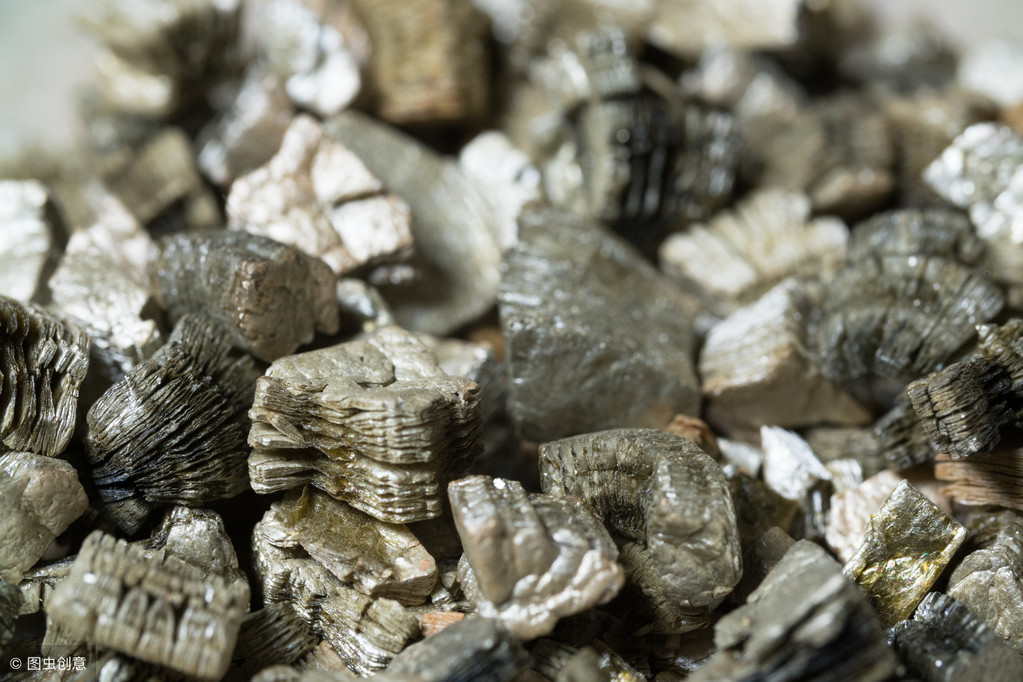
Exploring the Process of Manufacturing Silicon Carbide for Advanced Applications in Technology
Making Silicon Carbide A Material for the Future
Silicon carbide (SiC) is a compound semiconductor that has gained significant attention over recent years due to its unique properties that make it ideal for a variety of high-performance applications. It is composed of silicon and carbon atoms in a crystal structure, providing a range of advantages over traditional materials like silicon (Si), especially in high-temperature, high-voltage, and high-frequency environments.
The production of silicon carbide involves several methods, each with its own advantages and applications. One of the most common techniques used is the Acheson process, which was developed in the early 1900s. In this method, a mixture of silica sand and carbon is heated in an electric resistance furnace at temperatures reaching around 2,500 degrees Celsius. Under these conditions, silicon carbide forms as a result of the reaction between silicon dioxide (SiO2) and carbon. The Acheson process remains a prevalent method for producing bulk SiC and its various forms, including powders and granules.
Making Silicon Carbide A Material for the Future
The quality of the silicon carbide produced is paramount, as it directly influences its performance in applications. High-purity SiC is required for electronic devices, while lower purity might suffice for abrasives and cutting tools. Advanced techniques like liquid-phase epitaxy and sublimation growth can produce high-quality single-crystal SiC, which is essential for high-power and high-frequency applications.
making silicon carbide

Silicon carbide exhibits superior thermal conductivity, a wide bandgap, and high breakdown voltage compared to traditional silicon. These properties enable SiC devices to operate at higher temperatures and voltages, making them ideal for power electronics. They can be used in applications ranging from electric vehicles (EVs) to renewable energy systems and high-frequency RF devices. For instance, in EVs, SiC power devices can enhance energy efficiency and improve the overall performance of inverters, leading to longer driving ranges.
Moreover, the demand for silicon carbide is on the rise as industries seek to transition to more efficient technologies. The push for cleaner energy solutions has accelerated the use of SiC in photovoltaic systems and energy storage. In addition, as the 5G network rolls out, the need for high-frequency components, where silicon carbide excels, is increasing.
As global interest in sustainable technologies grows, so does the significance of silicon carbide in advancing these frontiers. Researchers are constantly exploring new methods and improvements in the production of SiC to lower costs and enhance its applicability across various fields. The development of synthetic methods that can yield higher purity and larger single crystals at a lower cost will be crucial for the future of this versatile material.
In conclusion, the making of silicon carbide is a fascinating topic that highlights the intersection of material science and technology. With its exceptional properties and growing range of applications, SiC is poised to play a crucial role in the advancement of future technologies, particularly in the realms of power electronics and sustainable energy solutions. As production techniques continue to evolve, silicon carbide is likely to become increasingly integral to innovations that drive our modern world forward.
Share
-
Fly Ash Solutions Enhanced by GPT-4 Turbo | Sustainable InnovationNewsAug.01,2025
-
Natural Premium Bentonite Cat Litter - Superior ClumpingNewsJul.31,2025
-
Premium Resin Coated Sand - High Heat Resistance CastingNewsJul.31,2025
-
High Quality Silicon Carbide Grit for Abrasive ApplicationsNewsJul.30,2025
-
High-Quality Ceramsite for Plants & Gardening | Lightweight PebblesNewsJul.29,2025
-
Premium Burgundy Glass Marbles for Vases & Shooter GamesNewsJul.29,2025






